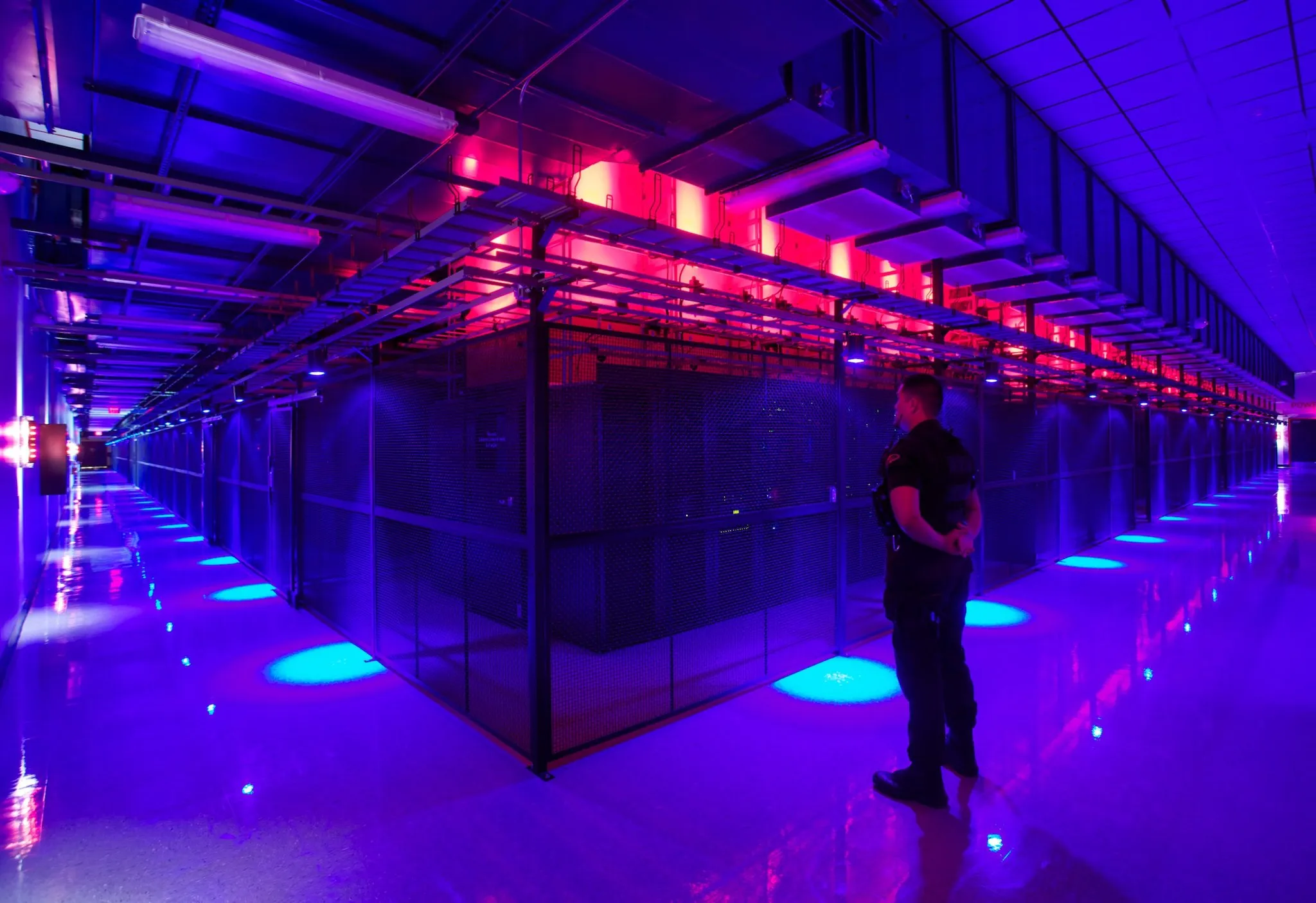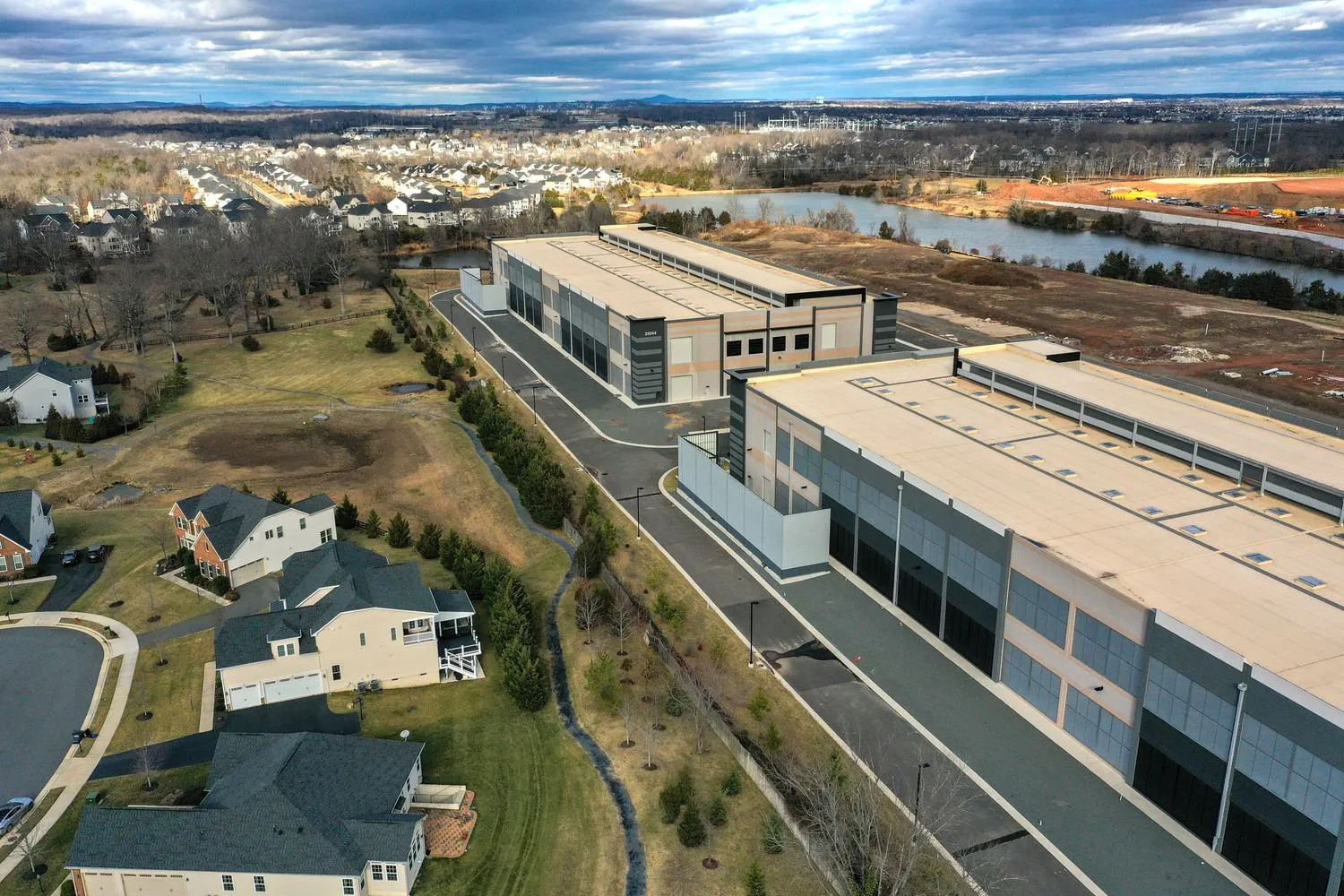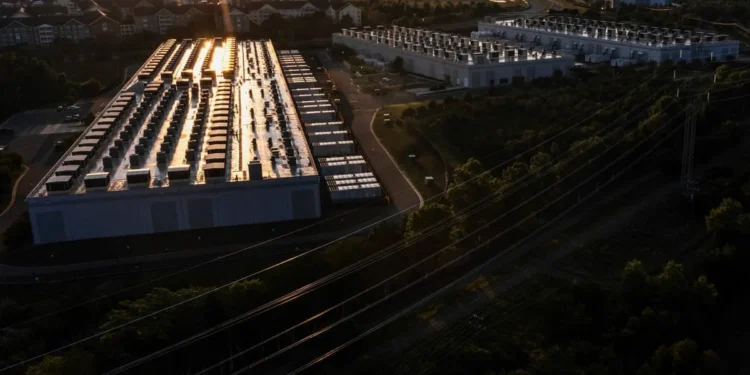Think about your last scroll through social media, a ChatGPT prompt, or an Amazon haul. Each of those digital moments required real-time computing power—delivered by massive data centers hidden in plain sight. These infrastructure giants are the invisible engines driving everything from cloud computing and generative AI to remote work and smart devices.

But there’s a growing tension beneath the surface: as our world gets more connected, data centers are getting hungrier for power.
According to Goldman Sachs, global data center capacity is expected to double from 59 GW in 2025 to 122 GW by 2030—fueled by the boom in AI and cloud computing. The Oxford Institute for Energy Studies warns that data centers alone could account for up to 10% of total electricity demand growth globally by the end of the decade.
So, how can data centers keep up with this explosion of digital demand without guzzling energy like there’s no tomorrow?
Smarter Systems, Cleaner Energy: The New Blueprint for Data Centers
It turns out the key to sustainable growth isn’t less computing—it’s smarter computing. The most forward-thinking operators are taking aggressive steps to modernize their systems, making every watt count without compromising performance.
1. Tech Upgrades That Save More Than Time
Let’s start with hardware. Today’s IT and OT components come loaded with efficiency-forward features—from advanced chip designs and energy-conscious firmware to optimized airflow and thermal management. Upgrading these systems doesn’t just improve performance—it slashes energy waste.
Even more powerful is when data centers connect their IT and OT systems through digital automation platforms. These systems use real-time analytics to manage energy use, reduce carbon footprints, and even predict equipment failures before they drain extra power.
Cooler Operations, Literally: Rethinking Climate Control
2. Smarter Cooling Isn’t Just a Trend—It’s a Necessity
Cooling is one of the biggest energy consumers in any data center. But emerging techniques are changing the game. One rising star? Thermal Energy Storage (TES). When used at the facility level, TES can store excess energy and deploy it during peak times—lowering both consumption and carbon output.
Even the refrigerants themselves are under scrutiny. Older systems often rely on high global warming potential (GWP) refrigerants. Replacing them with low-GWP alternatives in CRAC and DX units can significantly reduce the environmental impact without sacrificing performance.

Powering Up Without Burning Out: Energy Storage Steps In
3. Battery Energy Storage Systems Are Changing the Game
To build a data center that’s not just high-performing but also future-ready, Battery Energy Storage Systems (BESS) are becoming essential. These batteries do more than act as a backup—they strategically store and release energy to dodge high-carbon peak pricing and maximize renewable energy use.
BESS can also stabilize supply, protect uptime, and allow for energy arbitrage—letting operators buy low and use or sell high. It’s a smart financial play and a sustainability win.
“Resilience is becoming just as important as efficiency,” say experts across the industry, and these battery systems are a big part of delivering both.
Why This All Matters Right Now
The future of AI, automation, and cloud computing hinges on data centers. But if those centers aren’t designed or updated with energy-conscious strategies, we’re staring down a massive sustainability problem.
The industry is already shifting. Modern facilities are being built with integrated analytics, intelligent cooling systems, low-GWP refrigerants, and battery storage from day one. And older centers? They’re starting to catch up.

Honeywell’s recent whitepaper, Design for More Efficient Data Centers, dives deeper into how these changes are being implemented—and what’s at stake if we don’t keep up.
Digital Growth Doesn’t Have to Cost the Earth
As the world races forward with AI, connected devices, and always-on cloud computing, it’s easy to overlook the energy costs behind the convenience. But leaders in the space are proving that innovation doesn’t have to mean inefficiency.










